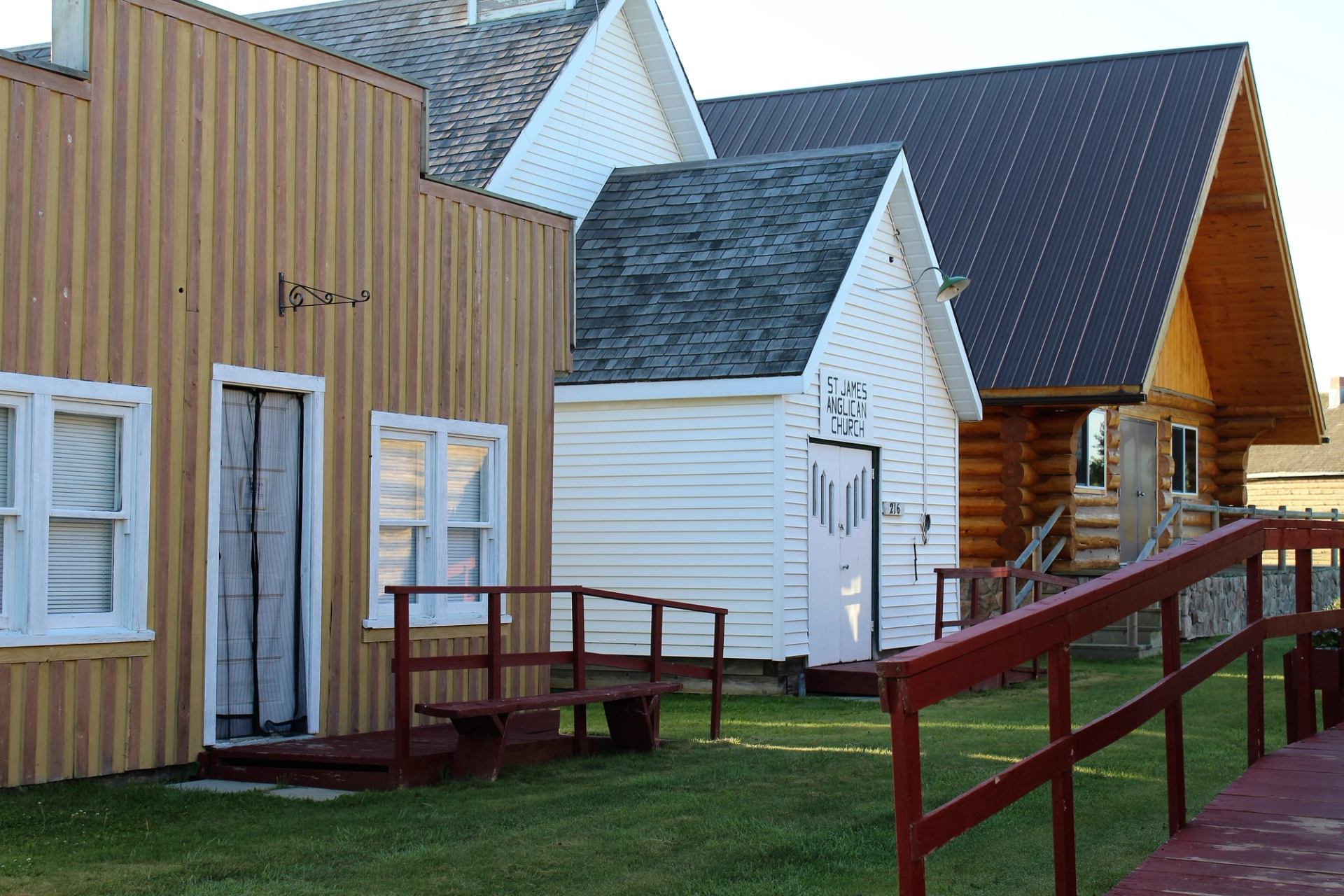





End of Steel Heritage Museum
The End of Steel Museum opened in 1985 and has been growing and evolving ever since. The history of the Hines Creek area is unique because the village lies at the northern extent of the railroad. Hines Creek became a transportation hub with the first train's arrival in December of 1930 and at one point, there were five-grain elevators along the tracks. The museum has many historic buildings, such as the Pohaboff House (1928), the Carter House (1938), and the French "Half-House" (1948-1949). Each of these homes is furnished with era-appropriate artifacts to give visitors the feeling that the owners might return at any minute. There are two historic churches, Christ Lutheran (1928-1932) preserved and restored by the children of the original builders and St. James Anglican (1938) erected through a donation from the Women's Auxiliary of St. James Anglican Church. There is also a collection of agricultural equipment and machinery, hand tools, tractors, and vehicles including a Bombardier "Nodwell" the track vehicle that kept the Canadian north connected.
MoreLocation and Contact
Address
Details
- Season Availability
- Year-round
- Accessibility Inclusivity
- Wheelchair Accessible





